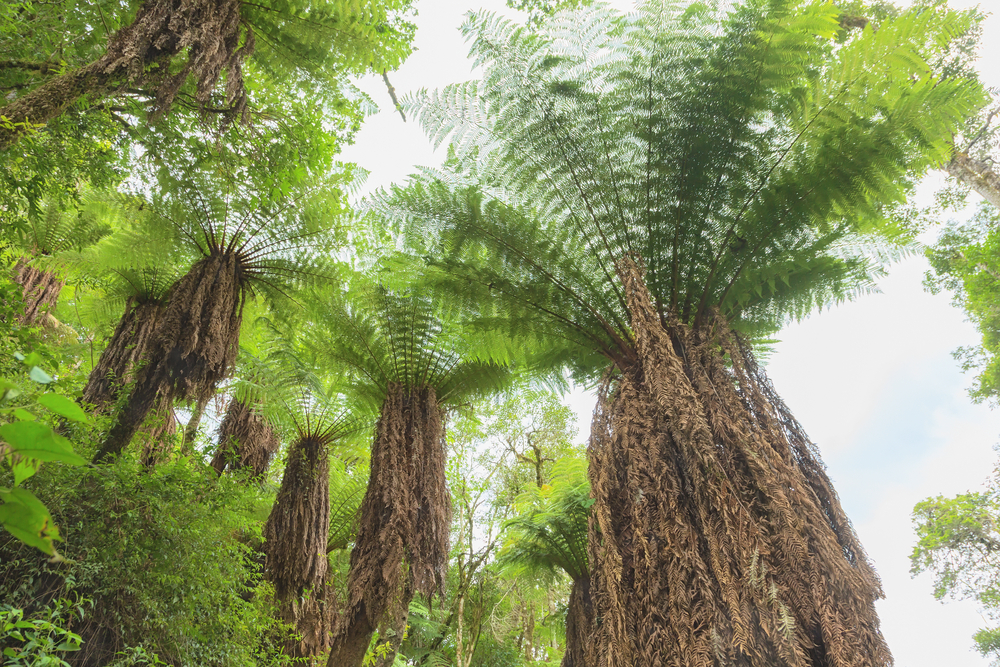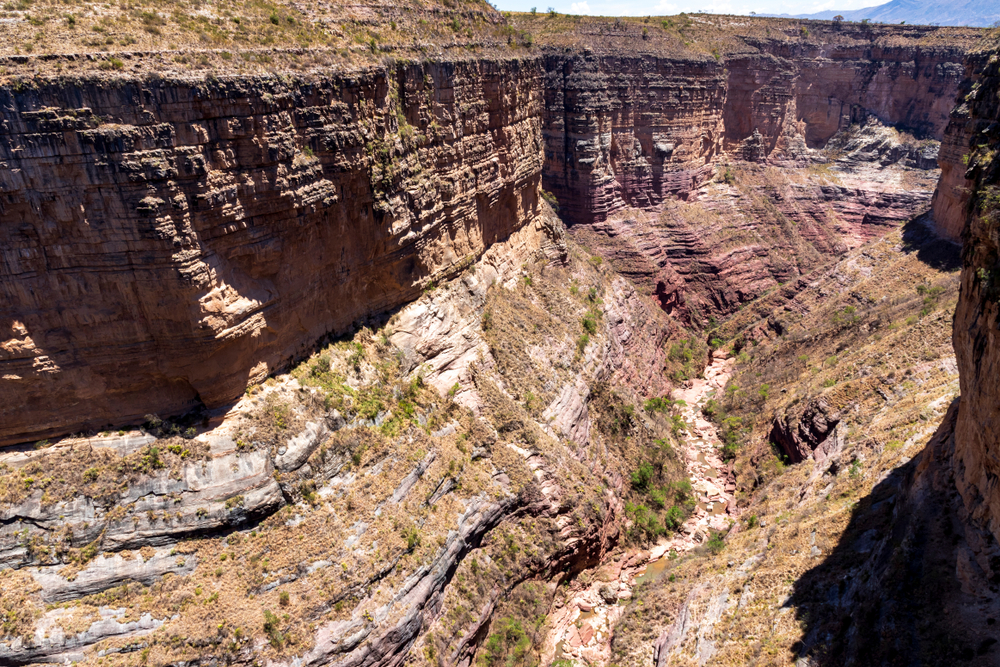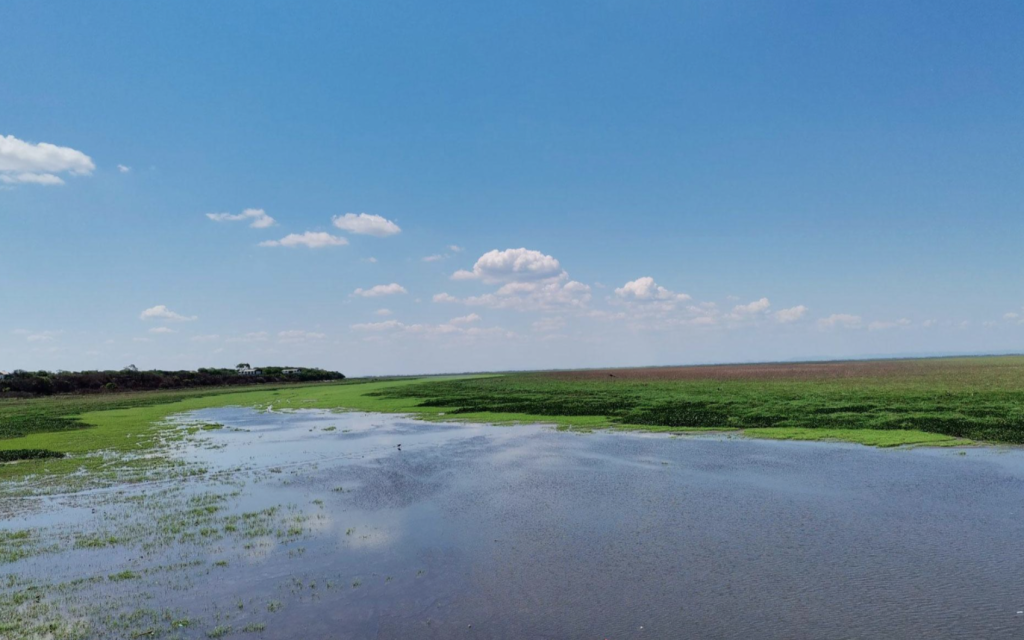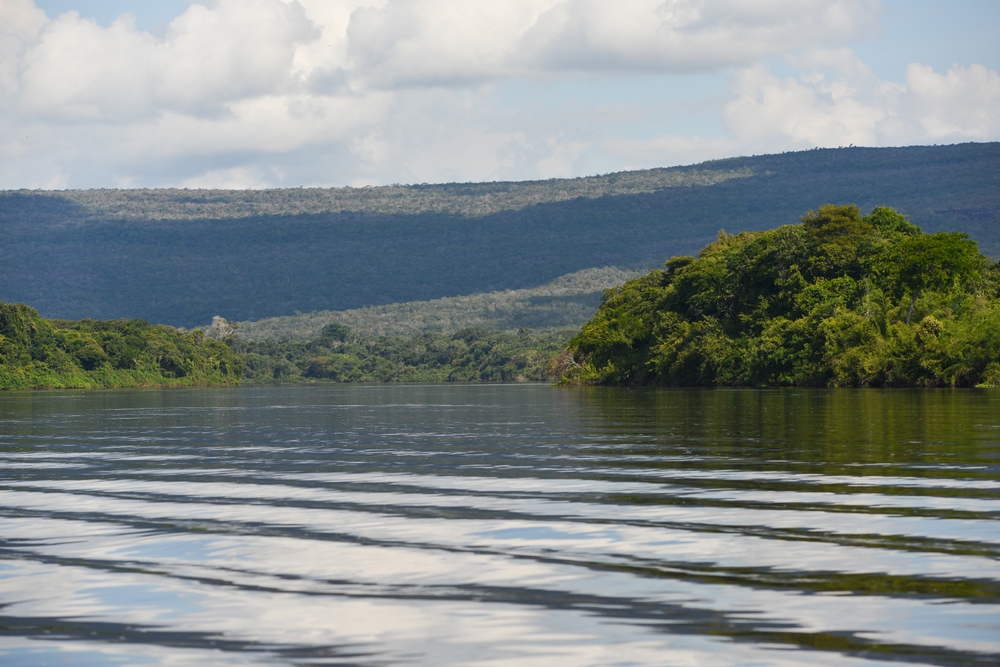Tunari Overview
Tunari National Park, or Parque Nacional Tunari in Spanish, is a protected natural area in central Bolivia, located in the Cochabamba Department.
Covering approximately 1,161 square miles (3,007 square kilometers), the park extends across the Andes, providing a striking mix of mountainous landscapes, valleys, and cloud forests. Situated just northwest of the city of Cochabamba, Tunari National Park is a crucial ecological reserve, safeguarding high-altitude ecosystems and serving as a vital water source for the surrounding region.
The terrain of the park is dominated by the towering Tunari Mountain Range, with its highest peak, Cerro Tunari, rising to an impressive 17,457 feet (5,320 meters) above sea level. The dramatic topography features rugged slopes, deep gorges, and alpine meadows, creating a diverse array of habitats.
Lower elevations contain cloud forests and shrublands, while higher elevations transition into páramo grasslands and rocky outcrops. The park is interspersed with small lakes, such as Laguna Alalay and Laguna Taquiña, and several streams that originate from glacial melt and seasonal rainfall.
The presence of Polylepis forests, also known as queñua trees, is particularly significant, as these ancient Andean trees provide essential shelter for native wildlife.
Tunari National Park is home to a rich variety of wildlife, including some of the most emblematic species of the Andes. Mammals found within the park include the Andean fox, puma, Andean deer, and the elusive spectacled bear, South America’s only bear species.
The park is also an important refuge for the endangered taruca, a high-altitude deer species. Birdwatchers are drawn to the area due to its impressive avian diversity, with Andean condors soaring over the cliffs and giant hummingbirds fluttering among the flora. Other notable bird species include the black-hooded sierra finch, red-crested cotinga, and several species of tanagers and raptors.
Visitors to Tunari National Park are often captivated by its breathtaking landscapes and recreational opportunities. Hiking and trekking are among the most popular activities, with trails leading to Cerro Tunari’s summit offering panoramic views of the Cochabamba Valley.
Mountain biking is another favored pursuit, with paths winding through rugged terrain and picturesque valleys. Birdwatching enthusiasts can explore various elevations to spot rare and endemic species, while campers and nature photographers find ample opportunities to immerse themselves in the park’s scenic beauty. Additionally, visitors can experience the cultural aspects of the region by exploring small rural communities that practice traditional Andean farming methods.
Conservation efforts within Tunari National Park face ongoing challenges, particularly in the form of deforestation, encroaching agriculture, and urban expansion from nearby Cochabamba. Illegal logging and grazing have placed pressure on the park’s fragile ecosystems, particularly its Polylepis forests, which are crucial for maintaining biodiversity.
However, initiatives led by local conservation groups and government agencies have sought to mitigate these threats through reforestation programs, community education, and stricter enforcement of environmental protections. Ecotourism is being encouraged as a sustainable alternative to harmful land use practices, promoting the preservation of this vital Andean landscape while benefiting local communities.















































































